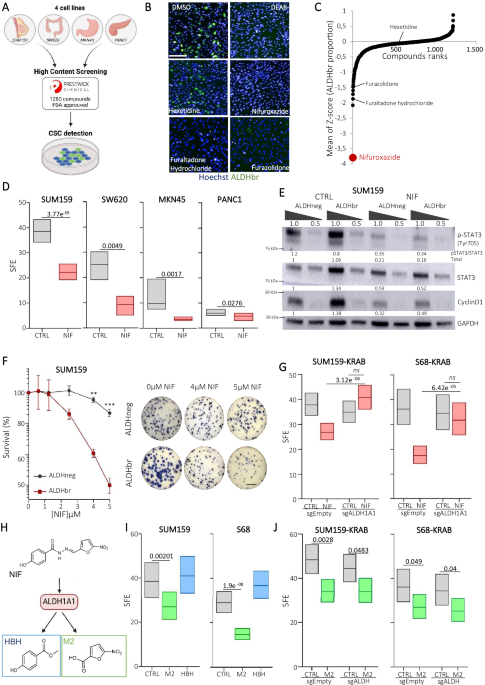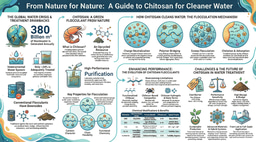Unveiling the Criminal Masterminds: Innovative Strategies in Cancer Research
Published in Cancer, Chemistry, and Cell & Molecular Biology

Therapeutic resistance remains one of the main challenges in Oncology, despite a constantly evolving therapeutic arsenal. Cancer stem cells (CSCs) has been associated with cancer development and therapeutic failure, which led to tumor recurrences and metastases. The identification of a strategy to kill the CSCs is therefore a major issue as well as an emergency for patients facing cancer. For the scientific community it is like playing game “clue” where the murder victim is the CSC and we have to identify the murder (therapeutic approach), the weapon (mode of action), and the room (clinical application). To play this game, drug repurposing strategy (the process of identification of new therapeutic application for drug already approved for another indication) appears as an exciting game box.
Looking to the usual suspects
In this study, we screened a library of already known disease’s killers (FDA-approved molecules) to identify if one of them could make a second offense on CSCs. We identified an antibiotic, the Nifuroxazide (NIF) as a promising CSCs killer. The next step was to identify NIF criminal plan to kill CSCs. Interestingly, this compound presents a specific affinity for CSCs because he is bioactivated by enzyme overexpressed in CSCs, the aldehyde dehydrogenase 1A1 (ALDH1A1).
Collecting clues about the circumstances of NIF killing activities
By using diverse investigation techniques, we described the dual action of NIF criminal acts on CSCs. Briefly, in collaboration with an expert in chemical biology, we were able to use click chemistry and track NIF during its criminal activity to catch him read-handed. We observed that ALDH1A1 bioactivates NIF to generate metabolites that migrate to the nucleus and binds to DNA. It Induces DNA interstrand crosslink (ICL), a type of DNA lesion. In addition, as a serial killer, NIF repeats his previous known murderous activity by inhibiting STAT3 activation. By highlighting these criminal actions, this allows us to demonstrate for the first time that STAT3 is a non-canonical transcription factor of the Fanconi anemia (FA) genes. The FA pathway acts as a police squad to orchestrate ICLs repair mainly by homologous recombination (HR) during replication and thus maintain genome stability. NIF being strategic, it blocks STAT3, the supervisor of FA police squad, to prevent its activity. In this context, NIF acts as a double agent by inducing ICLs and inhibiting the FA machinery responsible for ICL repair.
Securing the crime scene
Understanding NIF criminal plan allows us to secure the crime scene. Because NIF-induced HR-deficiency (HRD), this opens a new place where he can operate. Currently, breast cancer patients with HRD can benefit from PARP inhibitor (PARPi) treatment that exploits synthetic lethality in cancer cells. As we observed, NIF activity enhances HRD (chemical HRDness) in CSC and induces synthetic lethality in breast cancers treated with PARPi.
This study, as a Clue game “Clue” identifies a new CSC’s murder (NIF), his weapon (induction of chemical HRDness), and the crime scene (HR-Proficient or PARPi resistance breast cancer). The next step will be to improve our killer skills to translate our research into the clinic to improve the therapeutic management of breast cancer patients.
Follow the Topic
-
Nature Communications

An open access, multidisciplinary journal dedicated to publishing high-quality research in all areas of the biological, health, physical, chemical and Earth sciences.
Related Collections
With Collections, you can get published faster and increase your visibility.
Women's Health
Publishing Model: Hybrid
Deadline: Ongoing
Advances in neurodegenerative diseases
Publishing Model: Hybrid
Deadline: Dec 24, 2025


Please sign in or register for FREE
If you are a registered user on Research Communities by Springer Nature, please sign in